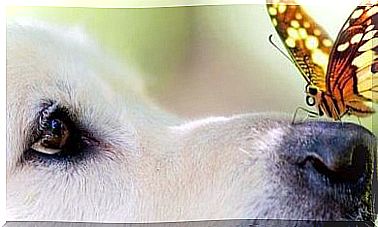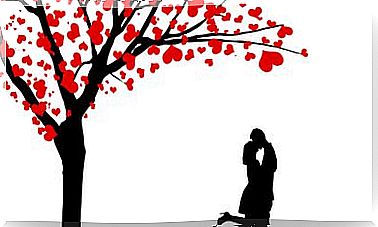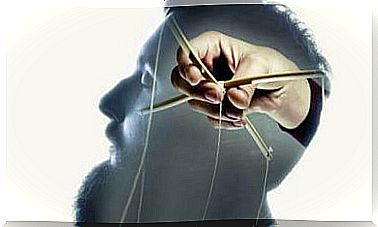Types Of Attention And Their Characteristics

Understanding that there are different types of attention is just as important as strengthening them all. We usually define attention as the ability to concentrate and, generally, we use this concept in contrast to its antonym, which is distraction.
When we talk about someone distracted or just not listening to us, we say they are not paying attention. The question is: can you live without paying attention?
Attention disturbances seem to be more and more widespread nowadays. It shouldn’t surprise us: we live in a society that demands the continuous processing of an infinite number of stimuli. Advertising, simultaneous actions and technological devices are examples of elements that constantly absorb our attention.
In addition to this, attention is a basic cognitive process and therefore a person is unable to concentrate because he is distracted, but because he is concentrating on something else.

Attention: the executive function
Attention is one of the most complex functions of the brain, one of those for which to date there is still no clear definition, which can be shared by everyone. It is a function that allows us to filter stimuli, process information and focus on a goal. For all of this, the frontal lobe needs to integrate information from the rest of the nervous system.
This process occurs at different levels which depend on the interaction with the environment. The characteristics of an action and what it entails will determine the kind of attention we will put into play.
5 Types of attention
As already mentioned, attention is produced at different levels, with very distinct characteristics. For this reason, the concept of orientation is fundamental, that is the awareness of ourselves in relation to our surrounding environment.
The type of attention put in place will therefore depend on the level of consciousness and the activation required to generate a response.
Focused attention
This type of attention is based on the ability to respond to a certain stimulus. This requires the subject to ignore the other stimuli around him. To do this, a high level of alertness and activation is required.
When a person is very tired because he has been on alert for a long time, he can no longer ignore the rest of the stimuli with the same effectiveness, being more “vulnerable” to distractions.
Sustained attention
Sustained attention is employed in tasks that require prolonged concentration. It is the ability to persist in a cognitive activity.
For example, if the task is to study for an exam, we will need to read a book and process information for several hours. In many cases, the reward is not immediate, which is why this type of attention has several obstacles:
- Motivation.
- Fatigue.
- Boredom.
- Syntheticity of the task.
Divided attention
Our brain is so extraordinary that it allows us to perform two tasks at the same time. Now, although these tasks may not require excessive effort, it is necessary to divide the resources of attention, so that you can perform at your best in both.
This capacity is limited, since as the two simultaneous sources of information increase the demands, the response deteriorates. For example, when we need to write and listen at the same time, to watch and interact with a professor, we use divided attention.
Alternating attention
That is the aspect of mental elasticity that most catches the eye, meaning the latter as the ability to shift the focus of attention and to move on very distinct levels.
A clear example is when we are preparing a rather complex dish, which requires working on each ingredient in separate moments. To do this, we must go from one task to the next without forgetting what we have just done, as in a few seconds we will return to the previous one.
The importance of controlling the five types of attention
Attention is not a single and selective process; most tasks require the joint action of different types of attention.
The control of attention or the ability to alternate and effectively use the different types of attention will depend on other executive functions, the most important of which are:
- Memory: Many tasks require the retrieval of material in long or short-term memory, so a good level of attention is required.
- Planning. Sometimes the joint and planned action of many tasks is required, which must be put in order and carried out efficiently.
- Inhibition. That is, the ability to inhibit, filter and control sensory stimuli that do not correspond to the action you are trying to achieve.

Which parts of the nervous system participate in the processes of attention?
The main structures involved are:
- Ascending reticular system. Attention requires the ability to receive stimuli. Additionally, peripheral information is processed as it travels through the brain stem.
- Parietal lobe. Important in the spatial processing of stimuli and on the allocation of resources to a specific area.
- Frontal lobe. Let’s talk about the conductor of the brain. That party in charge of selecting the main responses and programs for the execution of a plan that allows to develop an action.
Conclusions on types of attention: an indispensable tool
Attention is a complex brain function that has played a special role in our evolution and development as a species. Furthermore, it is a skill that must be trained and protected, since any damage to the areas mentioned can cause unspeakable setbacks.
Finally, the five types of attention are equally important and are used every day for automatic tasks such as having breakfast, but also for complex ones, such as driving through traffic.









